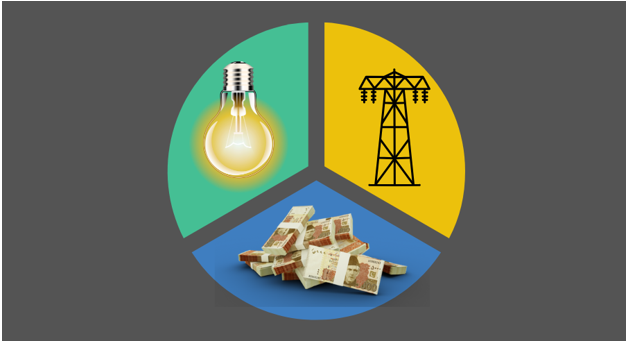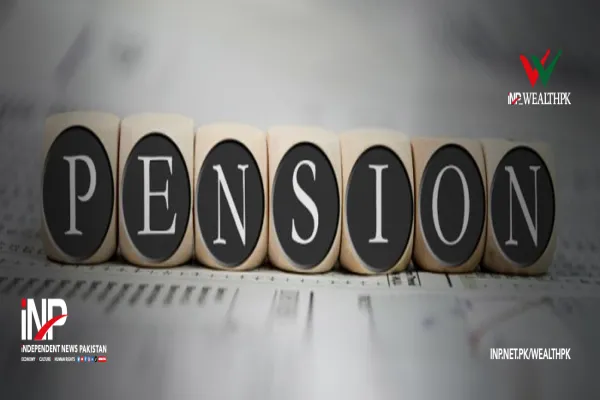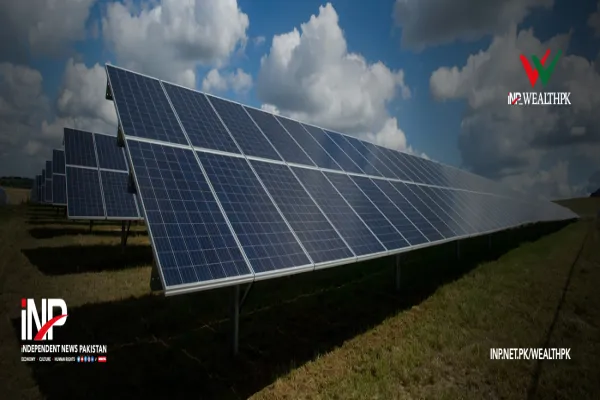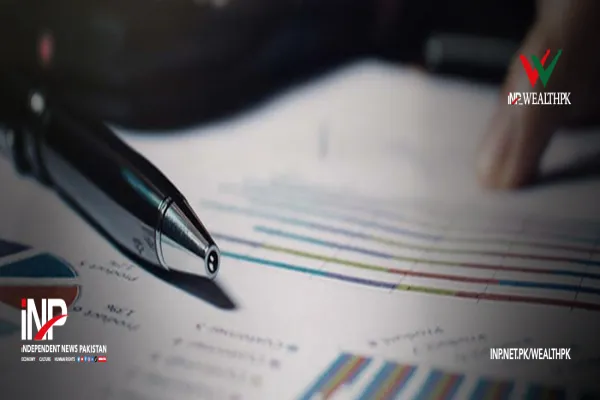i INP-WEALTHPK
Moaaz Manzoor
The government’s recent move to secure a Rs1.275 trillion Islamic financing facility from 18 commercial banks marks a significant development in its ongoing struggle to manage circular debt in the power sector.

Structured under a concessional KIBOR-linked formula and designed to avoid adding to public debt, the facility is to be repaid in 24 quarterly installments over six years. The government plans to allocate Rs323 billion annually for repayments, amounting to a total cap of Rs1.938 trillion. With older debts carrying considerably higher interest rates, this new liquidity injection is expected to offer short-term breathing room while aligning with Pakistan’s long-term goal of transitioning to an Islamic banking system by 2028.
However, despite the financial engineering behind this low-cost local borrowing strategy, experts argued that it fell short of addressing the underlying dysfunction that perpetuates the circular debt cycle. Speaking to WealthPK, Farid Aliani, a Riyadh-based emerging market macroeconomic analyst and investment strategist, cautioned, “local bank loans to address circular debt is a short-term fix that risks deepening structural inefficiencies.
It does not resolve core issues like transmission losses, poor billing, or tariff misalignment.” He stressed that unless governance reforms were introduced in distribution companies (Discos) and transparency in subsidies was ensured, the debt problem would only recycle itself. He also warned that such borrowing could displace private sector credit, thereby “undermining long-term growth and reform momentum.”
Offering a more systemic view, Muhammad Armughan, senior researcher at Federation of Pakistan Chambers of Commerce & Industry (FPCCI), questioned the celebratory narrative often surrounding such borrowing. “In Pakistan, securing a loan is too often paraded as an economic milestone — when in reality, it’s a symptom of a systemic failure,” he said. He argued that the country wasn’t borrowing for development or investment but merely to survive: “We are not borrowing for growth; we are borrowing to stay afloat.
And nowhere is this dysfunction more evident than in our energy sector.” Armughan pointed out that the circular debt crisis now exceeding Rs2.6 trillion — was no mystery. “It’s the direct outcome of political inertia, rent-seeking by independent power producers (IPPs), and weak governance across the energy value chain.” He challenged the continuation of lopsided take-or-pay agreements with legacy IPPs, which guarantee profits regardless of actual power demand or efficiency.
He lamented the lack of investment in loss-reducing transmission and distribution infrastructure. The failure to adopt prepaid metering, he noted, is another missed opportunity. “Electricity theft and non-recovery remain endemic, yet there’s little urgency to shift toward prepaid metering systems, which could boost billing transparency and consumption discipline.”
Armughan emphasised that consumers aren’t always unwilling to pay, but often react to a system that lacks enforcement and credibility. Reforming Discos through corporatisation and performance-based management is, in his view, a long-overdue step. Both the experts converged on the idea that without serious reform in energy governance — from renegotiating generation contracts to overhauling distribution practices — circular debt would continue to snowball.
“If left unchecked,” Armughan warned, “circular debt could soon rival half of Pakistan’s GDP, creating an economic black hole.” While the Islamic financing facility provides a temporary fiscal cushion, it does not address the structural rot at the core of Pakistan’s energy sector. Without immediate and credible reforms in governance, pricing, and distribution, the circular debt crisis will persist — draining public resources and jeopardising long-term economic sustainability.
Credit: INP-WealthPk








